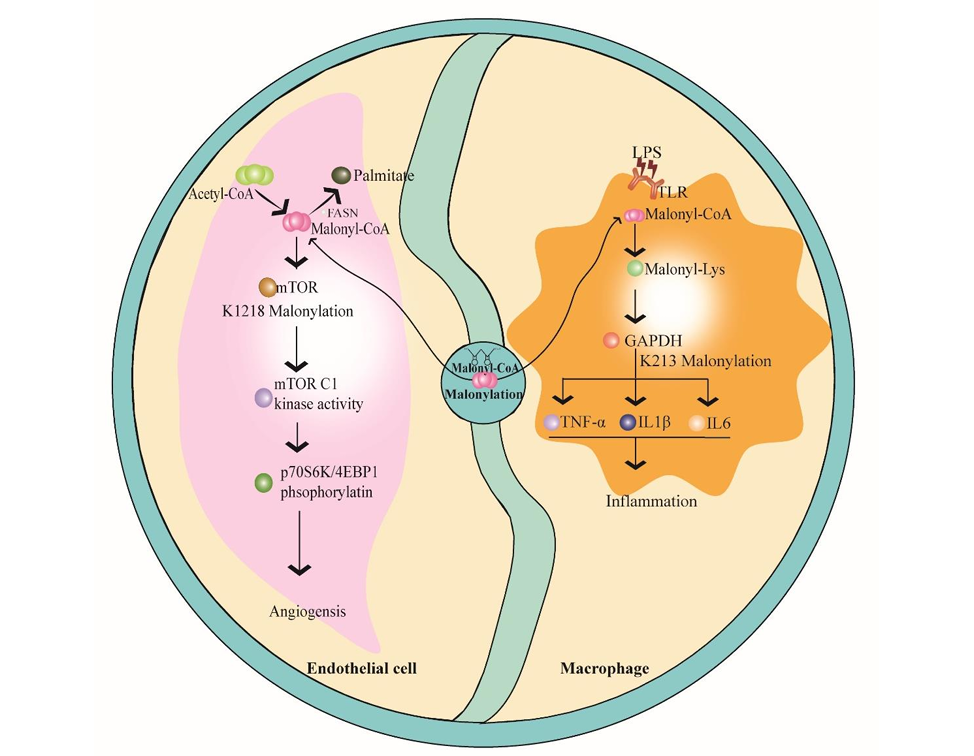Malonylation Analysis Service
Protein malonylation is an emerging post-translational modification that connects cellular metabolic state to protein regulation and physiological function. MtoZ Biolabs offers a comprehensive Malonylation Analysis Service designed to help researchers uncover the biological significance of this modification with precision and depth. By integrating advanced LC-MS/MS platforms, specific enrichment strategies, and in-depth bioinformatics, we deliver accurate, reproducible, and biologically meaningful results across different research scales. To meet diverse research needs, MtoZ Biolabs provides two complementary analytical options:
🧩Target Protein Malonylation Analysis
This targeted service focuses on the characterization of malonylation in specific proteins of interest. By combining selective affinity enrichment with high-resolution mass spectrometry, we precisely identify and quantify malonylation sites on individual protein targets. This approach enables researchers to explore how malonylation modulates the structure, activity, and function of specific proteins under varying physiological or experimental conditions.
🧩Malonylation Proteomics
For a global perspective, our malonylation proteomics service offers comprehensive profiling of malonylated proteins across the entire proteome. Using optimized enrichment workflows and quantitative LC-MS/MS analysis, we identify modification sites, measure abundance changes across conditions, and integrate bioinformatics to reveal pathway-level and network-level regulation associated with malonylation.
What Is Malonylation?
Malonylation is a lysine acylation in which a malonyl group, derived from malonyl-CoA, is covalently attached to the ε-amino group of lysine residues in proteins. This modification introduces both steric hindrance and a negative charge, resulting in marked alterations to protein structure and function.
Functionally, malonylation serves as a molecular link between metabolism and protein regulation. It can modulate enzyme activity, protein stability, subcellular localization, and protein–protein interactions. Because malonyl-CoA is a central intermediate in fatty acid synthesis and metabolism, malonylation provides cells with a direct mechanism to sense and respond to metabolic changes.
Accumulating evidence shows that malonylation plays roles in energy homeostasis, mitochondrial function, stress response, and signaling networks. It has been implicated in diseases such as cancer, diabetes, cardiovascular disorders, and neurodegenerative conditions. As a result, malonylation is gaining attention not only as a fundamental regulator of physiology but also as a promising biomarker and therapeutic target.

Zou, L. et al. Aging Dis. 2023.
Figure 1. Production of Malonyl-CoA and Its Regulation in Malonylation
Analysis Workflow

Sample Submission Suggestions
1. Sample Types
We accept various biological sample types, including but not limited to:
-
Cultured cells (provide at least 1×108 cells per condition)
-
Animal or human tissue (minimum 200 mg per condition)
-
Plant tissue(minimum 50 g per condition)
-
Biological fluids such as plasma or serum (minimum 200 µL per condition)
2. Storage and Transport
Samples should be snap-frozen in liquid nitrogen and stored at –80°C until shipment. Ship samples on dry ice to maintain integrity. Avoid repeated freeze–thaw cycles.
Clients are encouraged to contact MtoZ Biolabs prior to submission for tailored sample preparation advice.
Applications
The Malonylation Analysis Service at MtoZ Biolabs provides valuable support across a wide range of research fields:
1. Drug Development
Characterizing malonylation-dependent regulatory pathways can reveal novel therapeutic targets and inform the design of drugs that modulate protein function.
2. Disease Mechanisms
Profiling malonylation patterns helps uncover its involvement in conditions such as cancer, diabetes, cardiovascular disease, and neurodegenerative disorders.
3. Metabolic Research
Linking malonyl-CoA metabolism with protein regulation provides insights into energy balance, mitochondrial function, and cellular stress response.
4. Biomarker Discovery
Identifying malonylation signatures in biological specimens offers opportunities for developing diagnostic and prognostic biomarkers.
5. Systems Biology and Regulation
Integrating malonylation with other post-translational modifications supports a deeper understanding of protein networks and signaling cascades.
Service Advantages
☑️Advanced Analytical Platforms: MtoZ Biolabs established an advanced protein post-translational modifications analysis platform, ensuring confident identification and quantification of malonylation sites.
☑️Comprehensive Coverage: From site-specific analysis to global malonylome profiling, we support diverse experimental goals.
☑️Expertise in PTMs: Our team has extensive experience in post-translational modification studies, ensuring accurate interpretation.
☑️One-Stop Workflow: From sample processing to bioinformatics, all steps are performed under standardized protocols.
☑️Customizable Reports: Deliverables are tailored to client needs, whether for publication, grant applications, or regulatory purposes.
Deliverables
1. Comprehensive Experimental Details
2. Materials, Instruments, and Methods
3. The Detailed Information of Malonylation Analysis
4. Mass Spectrometry Image
5. Bioinformatics Analysis
6. Raw Data
By choosing our Malonylation Analysis Service, clients gain not only high-quality data but also comprehensive insights that can accelerate discoveries in metabolic regulation, disease mechanisms, and therapeutic development. Free project evaluation, welcome to learn more details!







